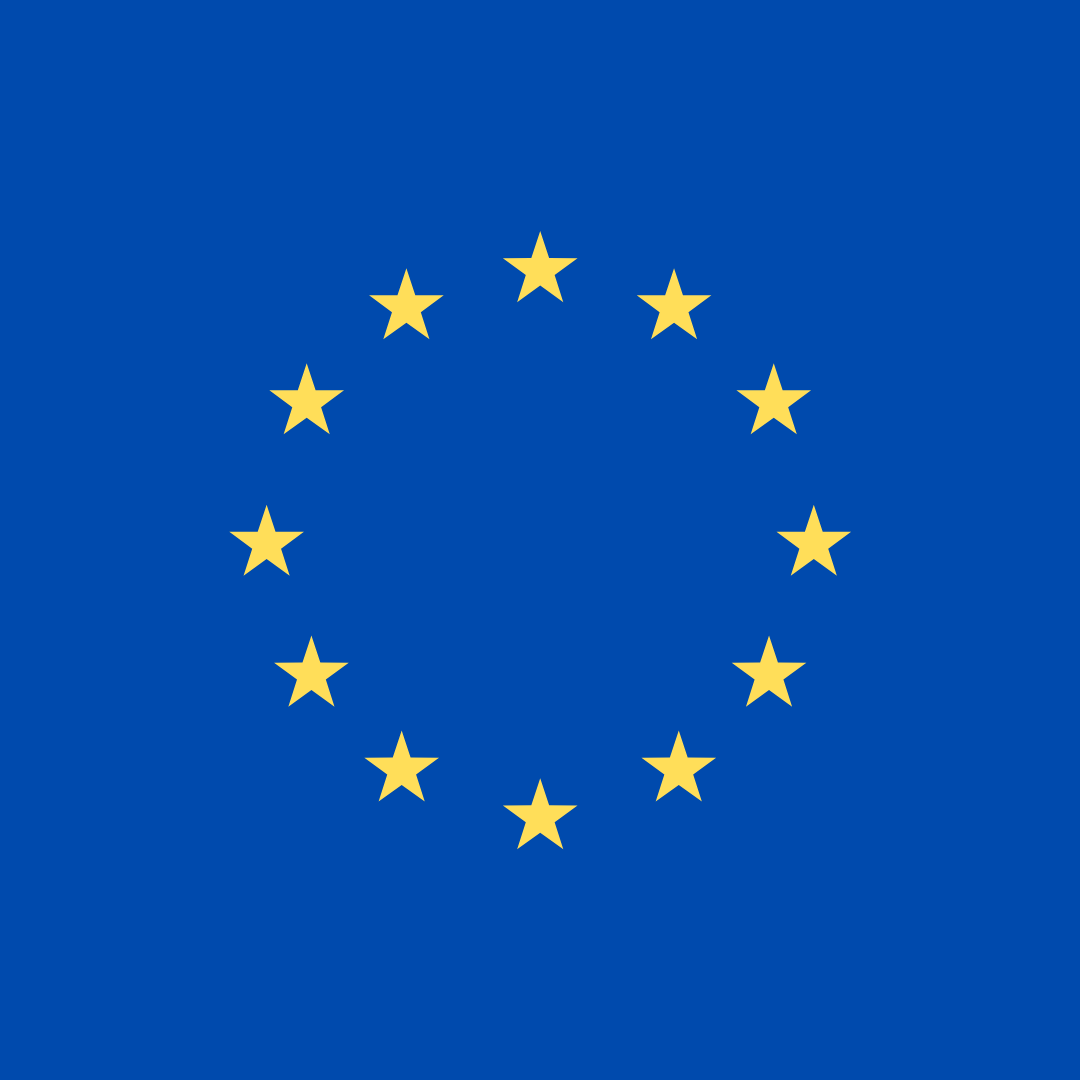Introducing a pharmaceutical product into the European Union (EU) necessitates a thorough understanding of the regulatory pathways for obtaining marketing authorization. This is a critical step for pharmaceutical companies aiming to successfully navigate the complex regulatory framework of the EU. There are two principal pathways to consider: the Centralised Procedure (CP) and the Decentralised Procedure (DCP). Each pathway provides a distinct approach to securing marketing authorization across EU member states, tailored to meet different requirements and scenarios. This discussion aims to elucidate the characteristics and implications of both procedures, thereby assisting pharmaceutical companies in making informed decisions regarding the most suitable pathway for their products.
Centralised Procedure (CP)
The CP facilitates a direct route to obtaining marketing authorization that is applicable across all EU member states, in addition to the European Economic Area (EEA) nations (Iceland, Liechtenstein, and Norway). Administered by the European Medicines Agency (EMA), this procedure is obligatory for certain categories of medicines, including novel biotechnological products, orphan drugs (medications for rare diseases), and treatments aimed at addressing AIDS, cancer, diabetes, and neurodegenerative diseases.
Advantages:
- Streamlined Authorization Process: The CP offers a consolidated approach, enabling a single application process for marketing authorization across the entire EU/EEA, thereby reducing procedural complexity and potentially shortening the time to market.
- Uniform Assessment and Standards: It ensures a harmonized evaluation of the pharmaceutical product, resulting in consistent product information and labeling across all member states.
- Access to Expertise: The procedure benefits from the expertise of the EMA’s specialized committees, including the Committee for Medicinal Products for Human Use (CHMP), which uphold rigorous evaluation standards and safety.
Considerations:
- Selective Applicability: The CP is not universally applicable to all products; it is specifically mandated for certain types of medicines.
- Investment Requirements: The pathway may demand significant time and resources, especially for products that are not categorically required to follow this procedure.
Decentralised Procedure (DCP)
The DCP allows for the simultaneous application for marketing authorization in multiple EU member states where the product has not previously been authorized. This option is particularly beneficial for companies intending to market their product in a select number of EU countries.
Advantages:
- Strategic Market Entry: Companies have the liberty to select the member states in which they seek authorization, enabling a focused approach to market entry.
- Collaborative Review Process: The procedure involves a collaborative assessment by the member states, with one country acting as the Reference Member State (RMS) to spearhead the evaluation.
- Resource Efficiency: For companies targeting a limited number of countries or when the CP is not a feasible option, the DCP represents a more resource-efficient alternative.
Considerations:
- Coordination and Compliance Challenges: Successful navigation of this procedure requires meticulous coordination with the selected member states and adherence to their diverse regulatory requirements.
- Risk of Divergent Opinions: Despite the aim for consensus, there exists a potential for differing viewpoints among member states, which may necessitate additional negotiation and alignment efforts.
Making an Informed Decision
The choice between the CP and DCP is contingent upon several factors, including the nature of the pharmaceutical product, the strategic market objectives of the company, and the resource implications of each pathway. This decision is pivotal in determining the regulatory trajectory and ultimately influences the commercial success of the product within the European market.
In summary, the pursuit of marketing authorization in the EU demands a strategic and informed approach, with a deep comprehension of the Centralised and Decentralised Procedures. By carefully aligning product attributes and business objectives with the most appropriate regulatory pathway, pharmaceutical companies can effectively optimize their market entry strategy and ensure compliance with EU regulatory standards.
Top of Form
